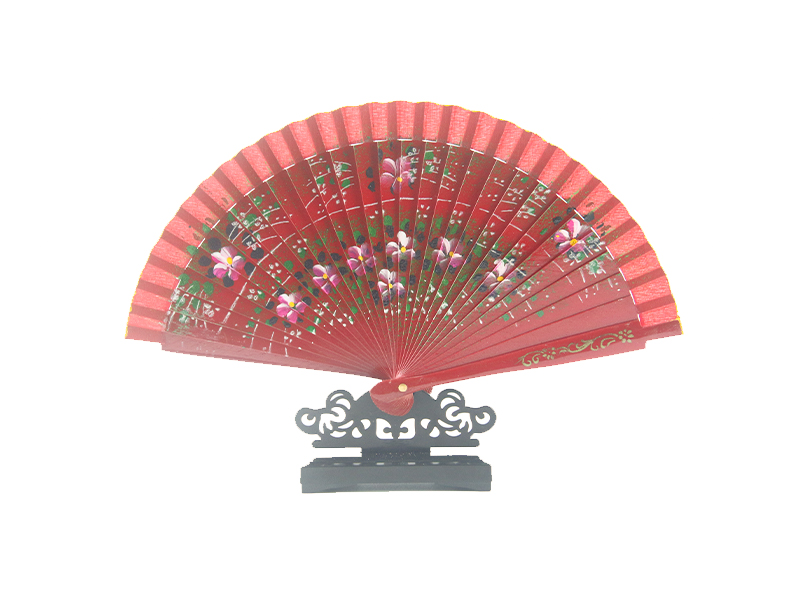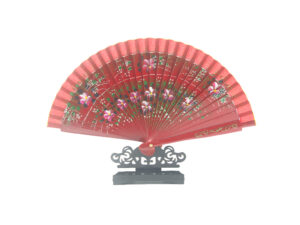Home » How Wood Hand Fans Are Made?

Wood hand fans are timeless accessories that blend artistry, craftsmanship, and practicality. They have been used for centuries not only to provide a cool breeze but also as symbols of status, tradition, and cultural expression. From ceremonial performances in Asia to elegant fashion statements in Europe, wood hand fans hold a rich and varied history across many cultures. But have you ever wondered how a wood hand fan is actually made? In this article, we will take you through the step-by-step process of crafting a wood hand fan, from selecting the finest materials to applying intricate decorative touches, revealing the care and skill involved in every piece.
The process of making a wood hand fan involves several important steps:

After the basic frame is assembled, it’s time for decoration. This is where the wood hand fan truly comes to life, as artisans add paintings, fabric inlays, or carved designs to the fan’s surface. These decorative elements can range from floral patterns to landscapes, often reflecting cultural symbols or personal artistry. Some fans feature hand-painted details, turning each fan into a small, collectible work of art. Following decoration, the fan undergoes a sanding process to remove rough edges and ensure a smooth surface. Finally, a layer of wax or polish is applied to enhance the wood’s natural grain and give it a glossy, elegant finish.
Before the fan is ready for sale, it undergoes a thorough inspection. Craftsmen carefully check the fan for durability, ensuring that the slats are strong and the hinge mechanism functions smoothly. They also verify the alignment and balance of the slats so the fan opens evenly and closes without sticking.
In addition, the fan is examined for aesthetic quality, making sure all decorative elements are precise and free from flaws. Any minor imperfections are corrected, and the fan is polished if needed. Once it meets all quality standards, it is carefully packaged to prevent damage during transport and prepared for distribution, ready to be enjoyed by its new owner.
Wood hand fans are not merely practical accessories—they are a blend of craftsmanship, culture, and design. Here’s why they continue to captivate people around the world:
The process of making a wood hand fan is a meticulous art form that blends tradition, craftsmanship, and precision. Every stage—from carefully selecting the finest wood, shaping and assembling the slats, to adding detailed decorations and applying the final polish—plays a vital role in creating a fan that is both functional and aesthetic. Beyond its practical use, a wood hand fan carries cultural significance and artistic value, making it not just an accessory but a symbol of heritage and elegance. Whether appreciated for its intricate craftsmanship or its historical and cultural meaning, a wood hand fan remains a timeless, elegant, and cherished item for any occasion.
